Hidden Campus
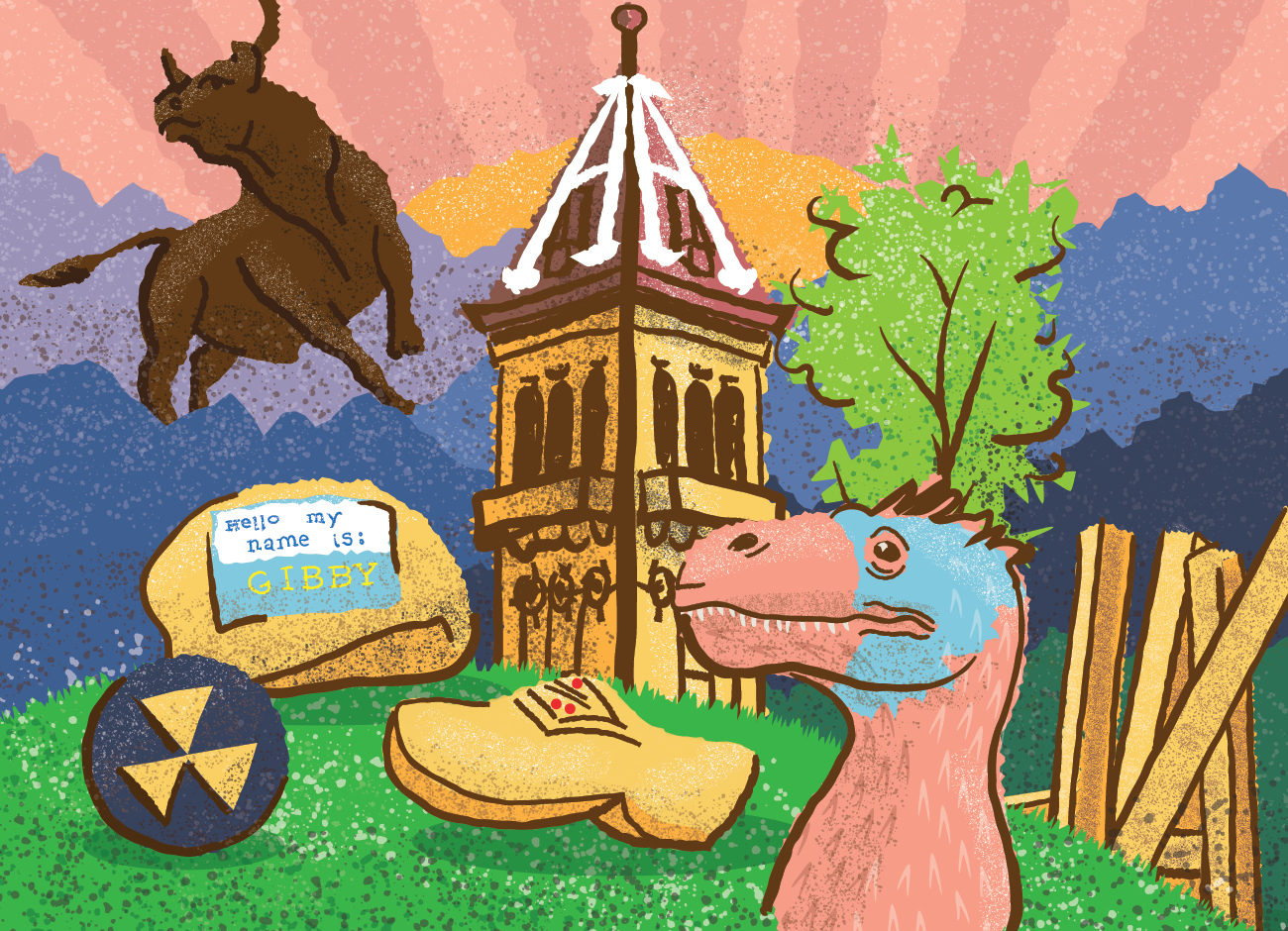
A college campus can feel like a static place.
A collection of buildings and courtyards students pass every day for decades. But universities are more like the people who inhabit them for a spell. They change over time, adapting to new demands and innovations — some that leave a lasting impression. Utah State University is no different. The flagship campuses are layered with history and hidden gems — some preserved in stone, some paved over to make room for the next chapter, and some of it standing in plain sight.
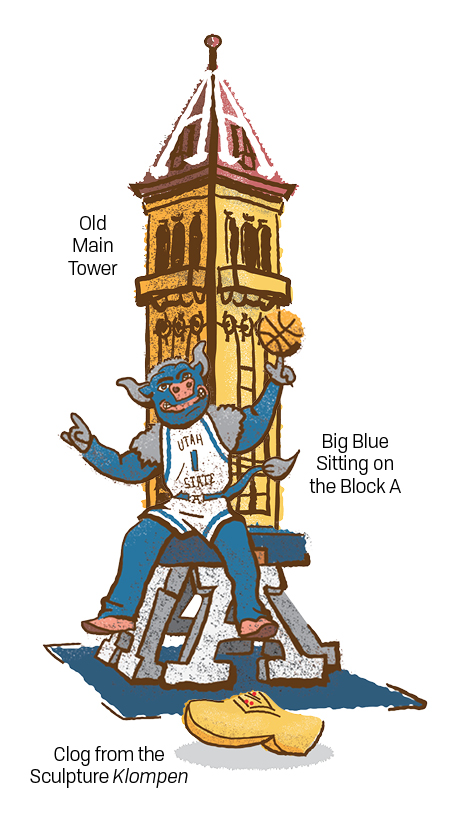
Architecture
Amphitheater
Originally, the amphitheater was a wooden structure built in 1924 for summer school events. In 1935, the structure was expanded and renovated with concrete to seat 1,500 people using both Federal Emergency Relief Administration funding and class gifts.
David B. Haight Alumni House
The David B. Haight Alumni Center, built in the 1890s as a “Model Farm House” for the new Utah Agricultural College, served as the university president’s home until 1983. The building was later dedicated as USU’s alumni center and named in honor of businessman David B. Haight, a member of the Quorum of the Twelve Apostles of the Church of Jesus Christ of Latter-day Saints.
Family Life Building
The most ornate building erected as part of the Depression Era’s Public Works Administration projects remains one of best examples of art deco architecture in Utah. The structure was completed in 1935 and intended to serve as a social hub for students with a bookstore, lunch counter, student government offices, and the home economics department — one of USU’s original programs.
Military Building
USU provided military training as part of its land-grant charter and drills remained compulsory for students until the mid-1950s when the university’s ROTC program was among the largest in the nation.
Old Main
Old Main’s name tells its history. The oldest academic building still in use in Utah was built to house almost everything students needed at the time, including a dairy. But it wasn’t always on sure footing. During the 1890s, state legislators looked to trim the budget and some members suggested consolidating the Agricultural College of Utah (now USU) and the University of Utah. Luckily that idea never came to pass. Old Main was built without restroom facilities or changing rooms despite containing a gymnasium on the fourth floor, irking women’s advisor Ruth Evelyn Moench to remark, “People with any idea of personal cleanliness have a right to object to taking exercise, where no bathing facilities are afforded.”
Arts
Klompen
What appears to be just a pile of colorful clogs hanging from the ceiling inside the Nora Eccles Harrison Museum of Art, the piece is the work of kinetic sculptor and sound artist Trimpin. Klompen comes to life with the insertion of a coin. Each of the 96 clogs is crafted with a specific wood type and thickness to create a unique timbre and create different rhythms.
Light and Time Incident
Sometimes when looking at the ceiling of the Merrill-Cazier Library, rainbows appear. “This is an installation of public art in our south atrium,” explains Jennifer Duncan, Dean of USU Libraries. “Many people think it is just a part of the roof.” Light and Time Incident was created by Dale Eldred as part of Utah’s Public Art Program, which designates 1% of costs from a newly renovated or constructed public buildings for artwork.
Organ Loft
The Newel and Jean Daines Concert Hall houses a 3,000-piece Campbell- Holtkamp Organ — a rare instrument on a college campus.
SNAFU (Fry Sculpture)
SNAFU is one of the university’s quirkiest sculptures. Joseph Kinnebrew’s painted steel piece elicits strong reactions from people. Playful students call it “the French fries.” Less appreciative audiences have defaced it with ketchup.
Research & Exhibits
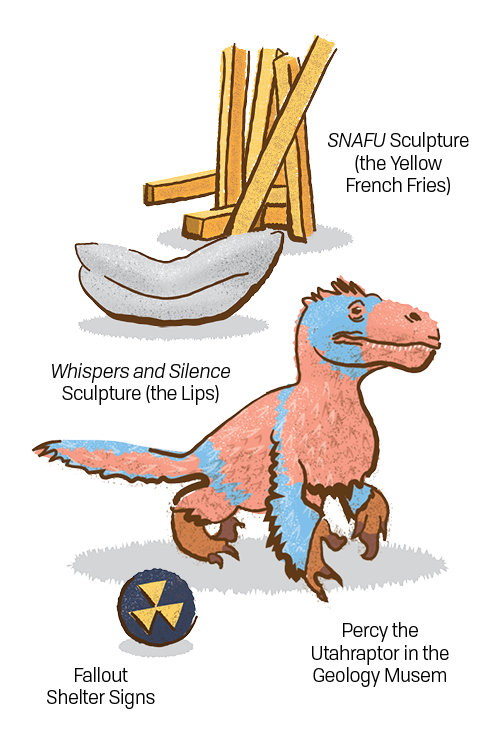
Aggie Chocolate Factory
Some of the sweetest research opportunities are available to USU food science majors who work at the Aggie Chocolate Factory, which opened in 2018 and specializes in manufacturing single-origin chocolate. It hosts monthly tastings.
Anechoic Chamber
USU’s anechoic chamber is a space designed to stop sound waves. Individuals who visit the chamber are insulated from hearing external noise. USU has two such chambers students can visit and experience true silence.
The Cadaver Lab
Laboratories like these are rare for undergraduates to experience, but undergraduates in human anatomy classes and students in USU’s Cadaver Tour Club get a front seat in learning from the dead. The club leads tours for more than 1,500 high school students and health care professionals each year.
Centennial Grain Plots and Greenville Farm
These fields mark USU’s oldest continuous experiment. The Centennial Grain Plots are part of the Utah Agricultural Experiment Station’s original Greenville Farm, established at the turn of the 20th century to research irrigated agriculture.
“The fact that the ancient and, to arid countries, indispensable art of irrigation lacks a scientific basis, is the justification of the decision … by the officers of the Utah Experiment Station, to make irrigation the central subject of their investigations,” the former Experiment Station director John Widtsoe wrote in 1903. “It seemed also eminently proper that Utah, the pioneer irrigation state, should lead out in such work.”
The farm expanded from the original six acres to more than 135 acres today featuring fruit and vegetable trials, ornamentals, and grasses, as well as 34 acres of cereal grains for testing strains of drought-resistant wheat and barley. Since its inception, historical records such as soil and air temperatures, precipitation, and irrigation techniques have been meticulously maintained by researchers and serve as a vital resource for scientists today.
Engineering Laboratory Building
Did you know USU hosts a sailing regatta? Well, a miniature one. First-year engineering students design and build tiny radio-controlled sailboats and race them in a shallow, 800-square-foot indoor pool as a test of their design and problem-solving skills.
You Think You Know
“A” on the Tower
The four-sided A markings on Old Main Tower emerged from the university’s first senior class gift from the Class of 1909 who paid $215 for the creation of one made from 146 candlelight bulbs. Decades later the three remaining panels had A’s installed.
The Block A
The university’s “True Aggie” tradition of standing atop the Block A under a full moon and smooching another True Aggie at midnight began inside the bell tower of Old Main. But after students in the university’s Beno Club constructed the Block A in 1917, the kissing tradition moved with it. The club’s history is murky.
In one telling, senior Andrew Thaxton explains, students from Salt Lake City founded the club in 1915 after being told by their high school principal that there would “be no” clubs and brought the name to USU. Another story, included in the Encyclopedic History of Utah State University, alludes to an off-campus incident where students greased trolley tracks leading up to campus, causing an angry USU President John A. Widtsoe to declare there would “be no more clubs.” By 1926, the Beno Club adopted a motto of “service, sacrifice, and loyalty.”
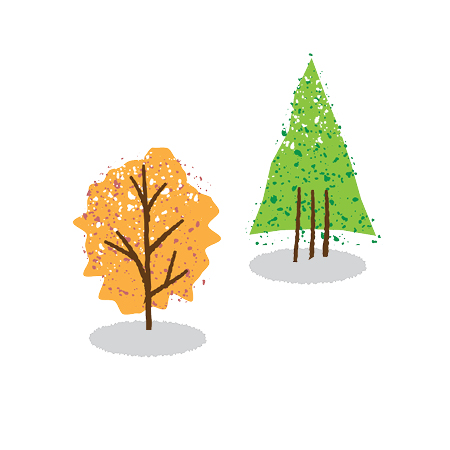
And like any good tradition, modern Aggies have made True Aggie Night their own. “Like Disneyland, we have a fast pass system,” Thaxton says. “Our lines go all the way down the Quad, but if you pay $5 you can skip the line and go to a much shorter line — that’s what I did.”
The Intermountain Herbarium
The Intermountain Herbarium is the largest public herbarium in the Intermountain West and home of “index” specimens used by scientists to identify and typify a species. There are samples from every continent, including Antarctica.
The Herbarium, once housed on the third floor of the geology building, was moved into “temporary housing” in the basement of the Junction during a period of construction when a fire escape was being added, explains Kristian Valles, lead curator for the Herbarium. “Fifty years later we are still here …
“When we moved to our current location, visitation dropped immensely,” he says. “Because we are so hidden away no one on campus knows about us, so it makes it really hard to try to get people interested in us.”
During the early days of COVID-19, the herbarium remained open because it was an essential service since state and federal agencies rely on the expertise of the staff to verify plant samples. Over the decades researchers at the herbarium have produced notable works such as Volume 24 and 25 of Flora of North America, which document the grasses of the West from Mexico to Canada, Valles explains. “We’ve actually had some of the biggest names in botany come through here.”
USU Observatory
In 2009, USU installed a 20-inch reflecting telescope atop the SER building that produces crisp images of the cosmos and enables space research such as searching for asteroids. The observatory is open to the public for free tours of the night sky.
Fallout Shelter Signs & Shelters
Look for these ominous signs drilled into the sides of facilities like the Daryl Chase Fine Arts Building, which opened during the Cold War when the threat of nuclear annihilation hung over much of the country. Basement room 001 marks one of the few known fallout shelters housed on campus created as part of a national civil defense program in the ’60s.
Meet the Challenge (Bull Statue)
Michael Hamby’s charging bronze bull sculpture is an homage to the university’s mascot Big Blue. But USU’s Logan campus mascot wasn’t always a bull. In fact, the Aggies were originally called “The Farmers.” Reporters used the name in 1892 during the first football game played against the University of Utah. The first mentions of “Big Blue” appear in the ’60s and refer to the color of the uniforms, not a mascot. A bull graphic doesn’t appear until 1975.
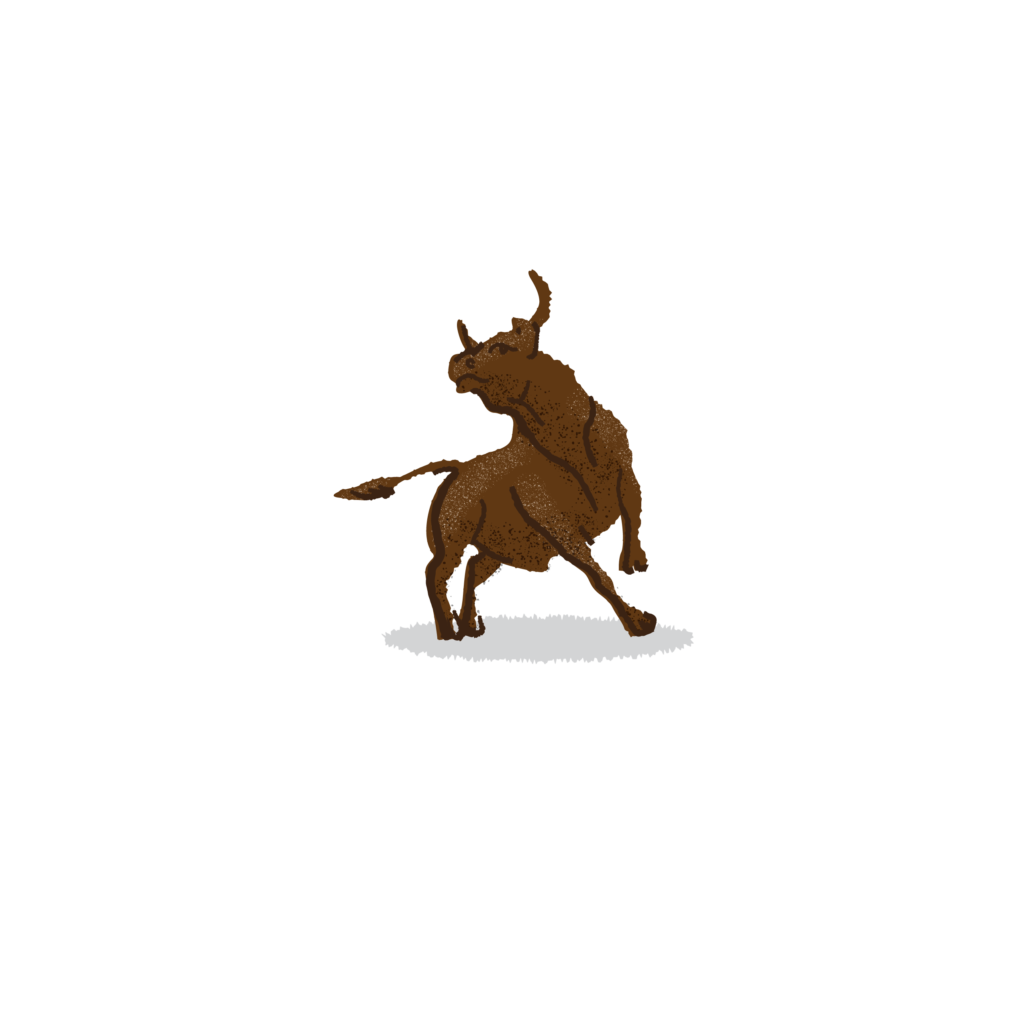
Merrill-Cazier Library
The Merrill-Cazier Library houses about 2 million books and journals and uses the Borrowers Automated Retrieval Network (BARN), a mechanized system of cranes installed in 2005 to retrieve many of them. BARN can carry up to 1,000 lbs. and travels at a speed of 65 feet per minute and visitors can view it in action from the third floor.
The Quad
Home to sunbathers, soccer games, and the occasional amusement park ride. But when USU was founded, much of the land east of Old Main was used for experimental agricultural plots. The northeast section — where the Quad is today — was a nursery and orchard. In 1892, the university’s football team played (and won) against University of Utah on the site. The land was used for sports until 1913 and a parade ground for military exercises, a tradition that USU’s ROTC continues today.
Sigma Nu
USU’s prestigious Robins Awards are named for former student body president, William E. (Bill) Robins, a former Sigma Nu fraternity brother who perished in an airplane crash in 1954 along with his wife and two others. Four years later, Robins’ fraternity brothers launched an annual performance night to recognize student talent, leaders, athletes, scholars, faculty, and alumni.
Smoker’s Point
USU’s first president Jeremiah W. Sanborn instituted a no-smoking policy on campus in the late 1890s, a code of decorum that lasted until World War II when the university was converted to a military training site. The policy was reinstated after the war and smokers were directed to “Nicotine Point,” a cement slab across 400 North and south of the library.
In 1966, student smokers — along with some faculty — held a “smoke-in” inside the student center to protest the ban. However, Smoker’s Point is now a parking lot. The grassy strip beside the asphalt is where Logan wild buckwheat grows — a plant endemic to the county and where it was initially described, says Kristian Valles, lead curator of USU’s Herbarium. In the ’70s, a curious student brought leaves from nearby trees to Leila Schultz, then the assistant curator of USU’s Intermountain Herbarium, and they discovered the trees were pistachios.
“We made a voucher specimen for the herbarium,” Schultz says. “Being a curious botanist and cook, I harvested nuts that year and read about their preparation for eating. I soaked them in brine then slow roasted a big batch in my oven.”
The pistachios proved tough to crack and not tasty enough for the effort but, she says, “they are definitely survivors and that’s a quality I admire.”
Student Nutrition Access Pantry (SNAC)
Food insecurity is a problem for college students nationwide. At USU, the SNAC pantry is a volunteer-run effort that fills shelves with gleaned produce, unsold bread, and extra meals from local restaurants as well as donated foods from across the valley.
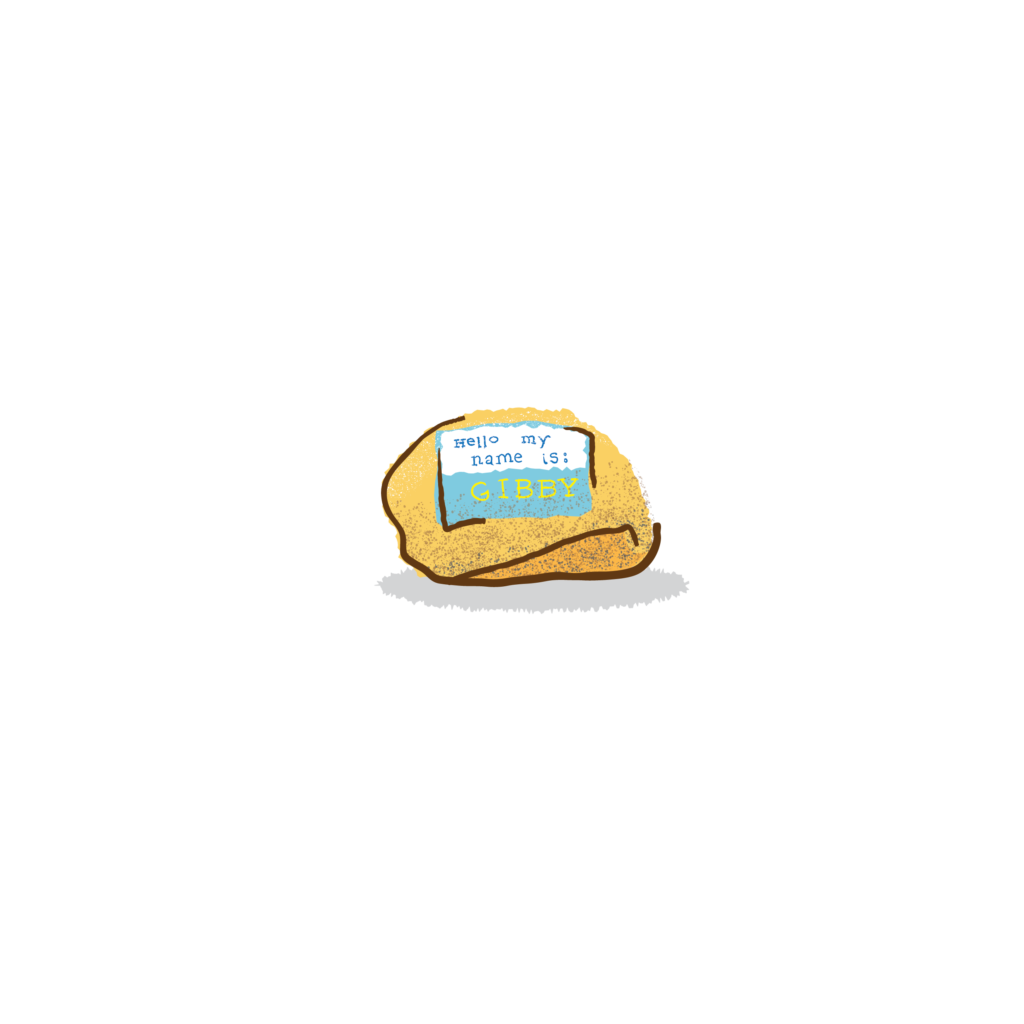
The Weeping Woman
As the USU campus grew, it expanded to include the Logan City Cemetery. The “Weeping Woman” statue, a dedication by Olif Cronquist to his late wife Julie who lost five of her eight children to scarlet fever, is said to cry on the anniversary of her children’s deaths and at midnight during full moons if one visits the monument and whispers, “Weep woman, weep.”
Statewide Campuses
USU Eastern (Price)
Over the decades, Gibby, short for Gibralter — a 1,500-pound sandstone rock about the size of wheelbarrow — has been an American flag, a green alien, and a deviled egg.
It was first hauled onto the USU Eastern campus (then Carbon College) by a group of first-year students in 1939 and painted green with a number 41, marking the year of their graduation. The right to paint Gibby was solved through mud fights.
“It was a joke,” explains Aimee Lauritsen who oversees USU Eastern’s Special Collections & Archives. But painting Gibby remains a tradition after over 80 years.
“It will get painted as a pumpkin,” she says. “It gets painted as a turkey. It gets painted as a Christmas hat. … It can be changed throughout an academic school year up to 30 times.” Natural lulls occur, but COVID-19 disrupted the tradition entirely. As classes went online, events were cancelled, and people retired over Zoom, Lauritsen worried people might forget to remember the little things that make campus so special.
“If you want to preserve tradition, you continue tradition,” she explains. “It’s kind of nice to see them painting the rock again.”
Despite its heft, Gibby has been moved several times over the decades — at one point spending most of the ’60s encased in glass in the library. But people would just go break into the building to paint it, Lauritsen says. “They weren’t preserving anything.” The rock is now located outside the Jennifer-Leavitt Student Center and where “True Eagle” nights are held during full moons.
Lauritsen is the ideal steward of campus history. She was born on it — back when the Central Instructional Building (CIB) was the former Carbon County Hospital.
“I lost my tonsils there,” Lauritsen laughs. “I had my eye sewed up there. … I remember a lot of buildings that are no longer here.”
She has begun collecting the history of the campus buildings before they are lost.
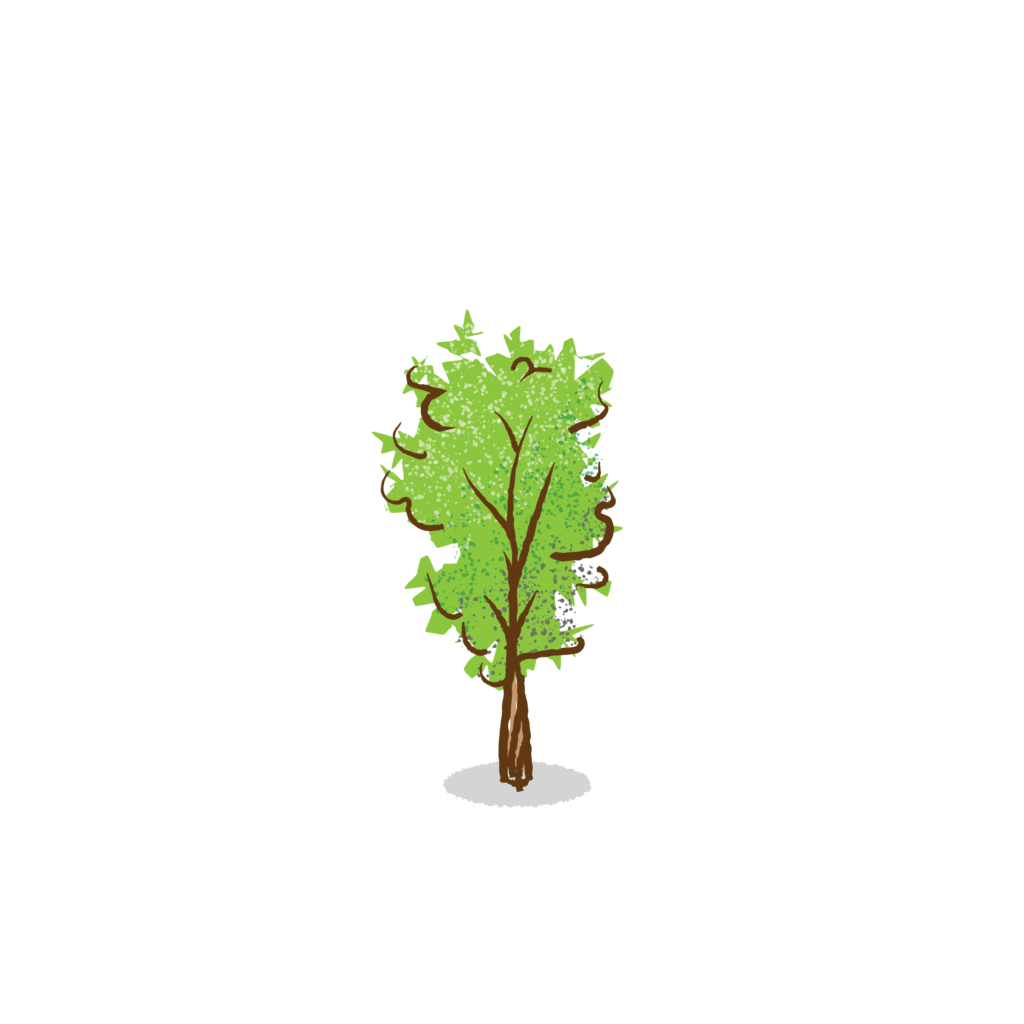
“You have to make an effort to keep the story going,” Lauritsen says.
Brigham City
At the heart of USU Brigham City’s 50,000-square-foot classroom and student services building is a large ficus tree — a symbol of unity between USU and the USU Brigham campus and serves as a living connection between the people in the community and the university. It should thrive on site for decades to come.
USU Uintah Basin
It’s hard to miss a bull of this magnitude. A decade ago, the Bingham Entrepreneurship and Energy Research Center at USU Uintah Basin commissioned “Full Charge,” a bull statue by Jocelyn Russell that is 10 feet tall, 12 feet long, and serves as the centerpiece of the education corridor in town. While no one is supposed to ride the bull, that hasn’t stopped people from trying.
Other USU Campus Tours
Trees
USU’s landscaping is known for its beauty and ever-changing floral displays. And trees.
Sculpture Walk
The USU Sculpture Walk includes three self-guided tours to showcase the 46 public sculptures across campus. Audio tours and a map are both available.






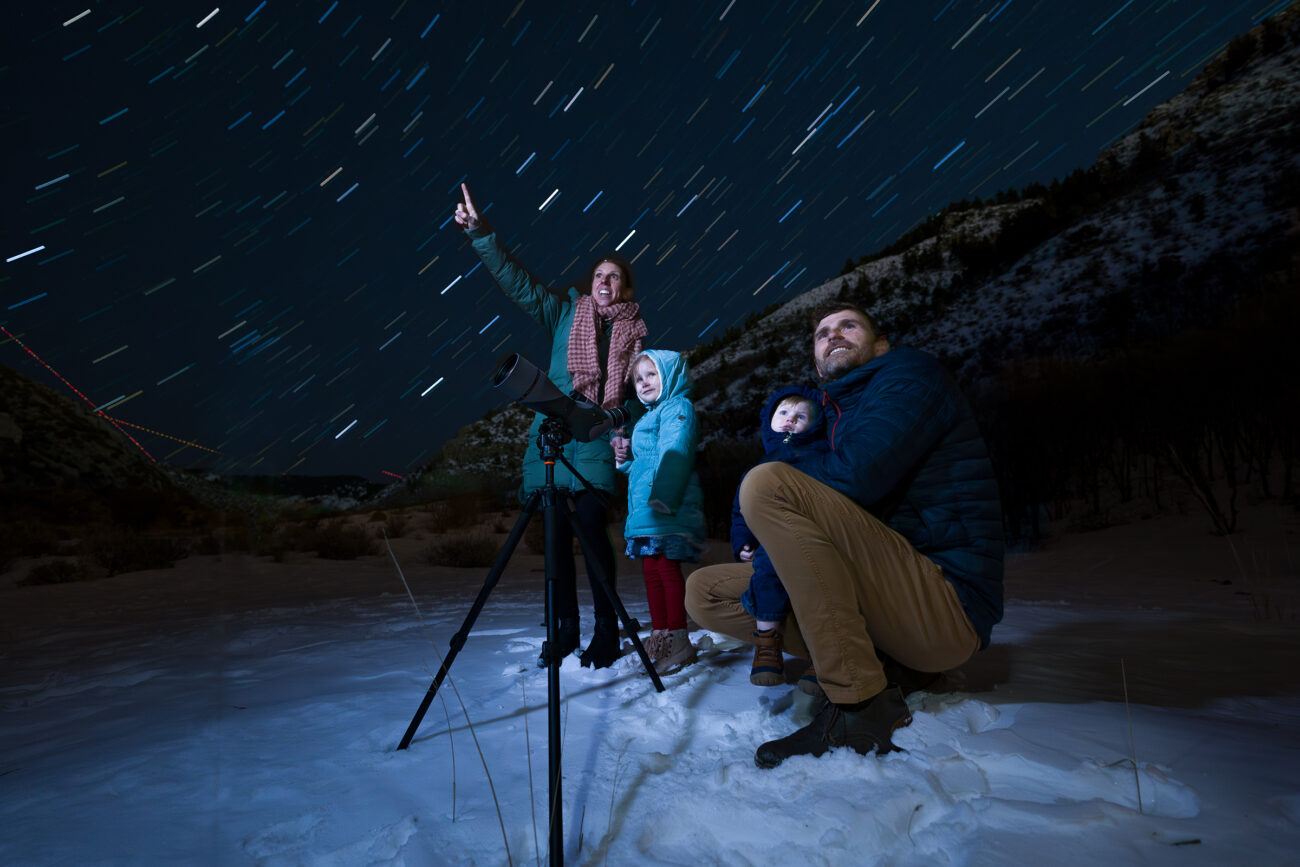
Con Kimura March 15, 2023
The Beno Club affiliated with the National Intercollegiate Knights in 1924. The motto of the Intercollegiate Knights was “Service Sacrifice Loyalty” The Intercollegiate Knights was a national Service Fraternity and USU’s Chapter was called Beno. When I was a member in the Early 70s, we were always told of the greased trolley track incident as the origin of “Beno”